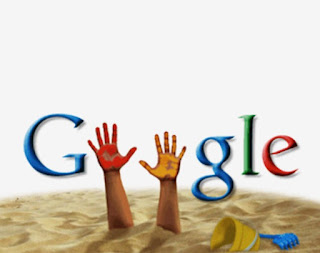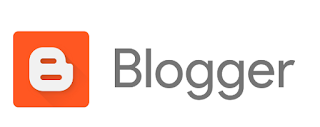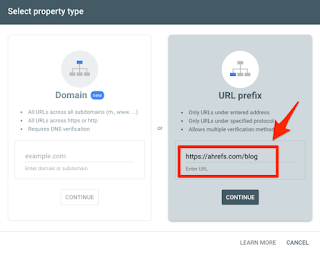SEO On Page Optimisation.
SEO On Page Optimisation
Blog Creation
We can create and manage our own blog with blogger. To create a blog we need to sign in to blogger,on the left, click the down arrow. Then click new blog.
Enter a name for our blog. Click next then choose a blog address or URL. Click save.
Snippet
When we ask any question in google or search with any key word a special block of information may appear, which is known as a featured snippet.
It will contain an extracted summary of the answer from a web page, a link etc.
Title of the Blog
- The title should be the focusing key word.
- There should not be any spelling mistakes or grammatical mistakes.
- There should not be full small letters and full capital letters.
- Charecters should be within 55-60.
- Pixel width is 512.
- SEO title should Impressive and Attractive.
- If our SEO title is not given or our title is not acceptable by the Google, Google consider the H1 or H2.
- There should be minimum 3 words in the title of SEO. Other wise it shown as error in Search Console.
Impressive -Show the keyword in the google search results.
Click Through Rate(CTR) -CTR is the probability of chance of users who click to a specific keyword. Chances of clicks.
Search Console -Google search console is a free service offered by Google that helps you monitor, maintain our site's presence in Google Search results.
HTML-Hyper Text Mark up Language
Meta description
Meta description is a HTML attribute that provide a brief summary of a web page. Search engines such as Google display the meta description in search results, which can influence click through rate (CTR).
Eg:-
<head>
<meta name="description" content="This is an example of meta description.">
</head>
The characters in meta description is limit between 155-160 for a page and maximum 155 characters for a post. The pixel rate is 1024. Meta description should be impressive, attractive and unique. There should not be key word stuffing. The length of meta description not too long or too short. If a website having multiple pages and subpages that heavily target the same key word is known as Cannibalism.
Body
The <body> tag defines the document's body. The <body> element contains all the contents of an HTML documents such as heading, paragraphs,images,hyper links etc. There can only be one <body> element in a HTML document.
- <H1>:Most visible tag in body is <H1>. There should not be any spelling mistakes or grammatical mistakes. There will be only one <H1> in one page. If there is more than one <H1> tag and if it is contrasting Google became confused while crawling. So Google saved it in Sand box temporarily. It can affect ranking in Google.

- <H2>:Only one <H2> is needed. It represents level 2 heading in a HTML document. <H3>, <H4> tag can be more than one.
Anchor Text
Anchor text helps to fuel up the crawling process in the web page. Anchor text is not the focusing keyword. It can provide both search engine and user relevant contextual information about the content of the link's destination. We should reduce giving links to the pages which has low page rank or unreliable pages and increase giving links to trustworthy and powerful pages like Wikipedia.
Content Optimization
Content optimization is the process of creating content optimized for traffic and conversion. Content optimization is important because traffic for the sake of traffic is useless. Even if you get one lakhs of visitors to your content, if you can't targeted leads who have the potential to buy from you. You've wasted your time creating content.
Content should be simplified. It has the chances to improve rankings. The focusing keyword can be add in the beginning of your content. We should consider the user to provide easiness not only the Google. There are many myths about SEO. They was published in Old School of SEO Article. Practices of this article is known as Old School SEO Practice. Old school SEO relied on agencies and websites farming search engines to pull in customers and become first in the ranking. Even though many outdated SEO techniques no longer work, they're still common advise given to new content creators and SEO.
Keyword Density
Image Optimisation
Image Optimisation is about reducing the file size of your images as much as possible without sacrificing quality so that your page load times remain low. It's also about image SEO. That is getting your product images and decorative images while image optimisation you must consider:
- File name
- Image alt name
- Content around the image.









Comments
Post a Comment